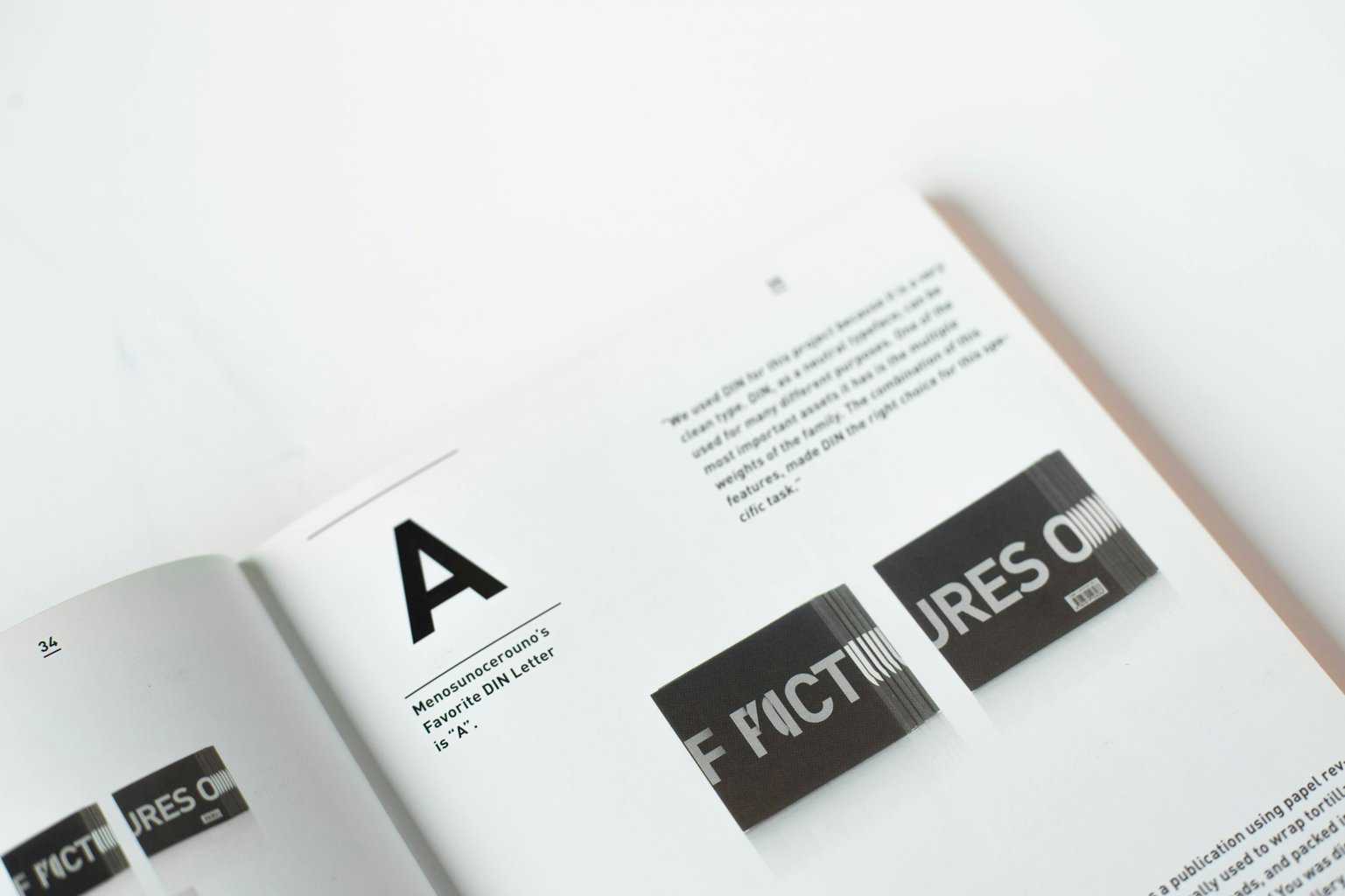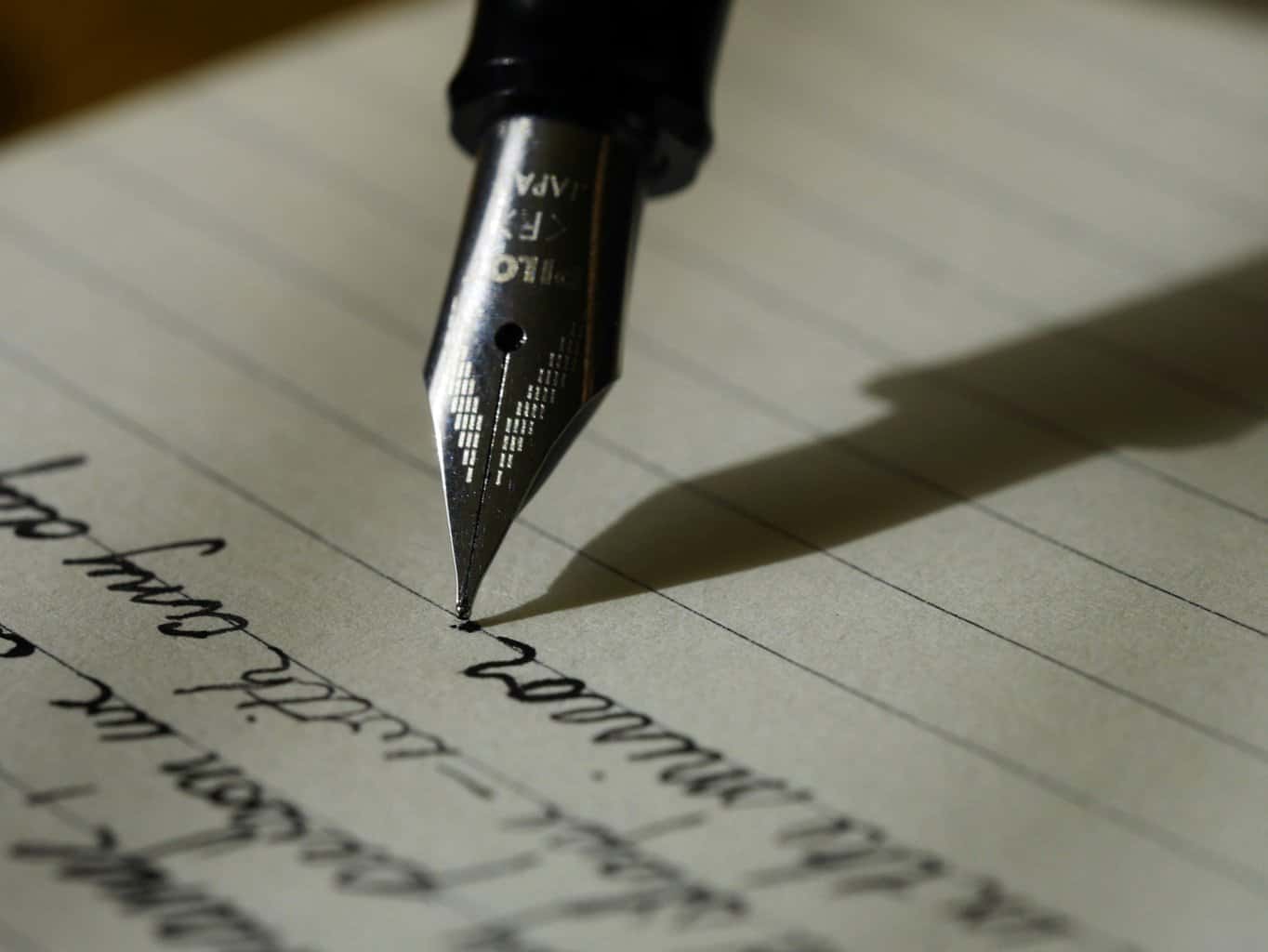
13 Mar Typography in Education: Crafting Clear and Readable Communication for Students
Whether on our phones, websites, or books, we consistently rely on words and their fonts! From instruction books to course content to educational web content, typography exists everywhere!
It wouldn’t be a lie to mention that typography holds the power of the written word! With difficult educational fonts, grasping the knowledge of the content can be challenging! And with more students relying on electronic devices to learn, the emphasis on education fonts remains! In this article, we will guide you with some practical typography tips!
For those in IT and database management, sharpening your skills can be equally important. Preparing with resources like Microsoft DP-300 Practice Tests Dumps can help you master database administration and improve your career prospects.
Whether you’re on a journey of crafting a 200-word paper for a simple assignment or writing a research paper, consideration of typography is a primary aspect of ensuring effective communication. The choice of fonts, spacing, and fonts you select plays an essential role.
Table of Contents
What is Typography?
So, what exactly is typography?
Typography is the art of arranging letters and text to make it legible, clear, and appealing for the readers! It is how the words are placed on a paper, website, ebook, or college essay! A typography involves a font style, appearance, and structure, which further aims to convey a specific message. We can also call typography the component that brings the text to life! Students and teachers mostly prefer educational fonts for ease in colleges, schools, and educational institutions! Similarly, depending upon the institution, the need and demand for various typography remains!
Why is Typography Important?
Typography extends beyond the choice of beautiful fonts! It is, in fact, a primary component of user interface design. Good typography establishes a stunning visual improvement and provides a singular tone to the website and fonts.
The demand to “write my term paper” is a common refrain in the educational field. Students navigate the learning equipment and resources to create an appealing essay. Even here, typography is a silent ally lending structure to academic pursuits. Students can elevate their writing using a top college essay font, ensuring their ideas are presented with clarity and precision.
Typography is essential for various other reasons, including.
- Brand recognition: Good typography enhances the website’s personality, allowing users to associate the typeface feature with the site. Quality and consistent technology will help you establish a strong following, build strategy, and carry your brand forward.
- Influences decision-making: When students stumble upon an essay website with complex typography, they are most likely to exit the site and prefer one with straightforward typography! Typography is vital in ensuring what users assume and the information they convey! Eye-catching type is more persuasive than weak fonts.
- Hold the readers’ attention: A good typography can make all the difference! Someone can stay on your website for one minute or half an hour! Ensuring the site presents appealing content and typography that fits the reader’s needs and preferences is essential.
Elements of Typography
Typography has different elements: fonts, contrast, consistency, white space, alignment, color, and hierarchy. Let’s preview each one!
Fonts and Typefaces
While both elements are defined simultaneously, there is a difference between typefaces and fonts! A typeface is a design for a font style with a set of characters varying in size and weight. In contrast, a font is a graphical representation of a text’s characters.
So, a typeface is a family of related fonts, while fonts refer to the weights, widths, and style! There are three basic kinds of typeface: serif, sans-serif, and decorative.
Contrast
When it comes to a website and web presence, contrast is another pivotal factor! Contrast helps convey ideas or messages you want to emphasize to your readers. After spending a few times on contrast, you will likely make your text meaningful, engaging, and attention-grabbing. Most web and educational designers create contrast by playing around with various typefaces, styles, colors, and sizes.
Consistency
It’s essential to keep your typefaces consistent to avoid any confusion! When conveying information, sticking with the same font lets your readers understand what they’re reading. It’s a pattern of the typefaces being used!
Playing around the level of hierarchy is fine. Still, a consistent typeface makes your typography simple yet straightforward.
White Space
White space, also known as negative space, is to give space around the tests and the graphics. It’s often overlooked and tends to be noticed, but white space is an important typography element! It ensures the interface is uncluttered, making the text simple and readable. White space also draws attention to the text, offering an aesthetically pleasing experience.
Alignment
Unifying and composing text, graphics, and images on the web ensures equal space, size, and distance between elements is aligned! Many UI designers use margins to ensure that their logo, header, and body of the text are in perfect alignment, i.e., aligned to each other. Paying to industry standards is a great practice when aligning user interfaces. For example, many educational websites align the text to the right, keeping students in mind.
Color
Color is also an important aspect of typography that plays an important role! We also call it the most exciting element of typography! This is an aspect where designers can get creative and elevate the typography to a new level. Text color, however, is mainly preferred to be kept in the dark fonts for the ease of use it offers readers on the site! Nailing the font color makes your text stand out and conveys the tone of the message. Still, the messy interface and clashing colors make the interface somewhat tricky!
Color has three components: Value, hue, and saturation.
A good designer must have a sound knowledge of these three components and how to balance them to create eye-catching and identifiable typography.
Hierarchy
Hierarchy is the level at which the content appears! A typographical hierarchy aims to distinguish prominent pieces of copy that sound to be noticed and read first. Hierarchy can be created differently using sizing, color, contrast, and alignment! The most typical example of a typographical hierarchy is size. For example, the heading is always larger than subheadings and standard texts.
Choosing the Right Typography for Your Website
With unlimited combinations of typography elements, selecting the suitable typeface, color, and overall typography for your website is difficult! After all, choosing a font for your website can be a daunting task. Here are a few key considerations:
- Consider personality: What does your educational website wish to convey when readers enter it? Do you prefer a friendly atmosphere? Or do you want the site to feel high-end or serious? Depending upon the message you wish to convey, you can select the typography that resonates with your brand’s needs.
- Reflect on tone: It’s essential to understand how font harmonizes the whole concept of the content you publish on your website! For example, if you want to convey rather serious information, selecting a smaller or decorative font can be a better choice!
- Consider performance: It’s also vital to select a browser-friendly web font!
Wrapping Up
The importance of school fonts, font designs on the web, and educational resources can’t be understated! They play a significant role in shaping how learners engage with written materials. With websites and textbooks trying to convey complex ideas and provide clarity and reliability, effective typography can enhance learning!





No Comments